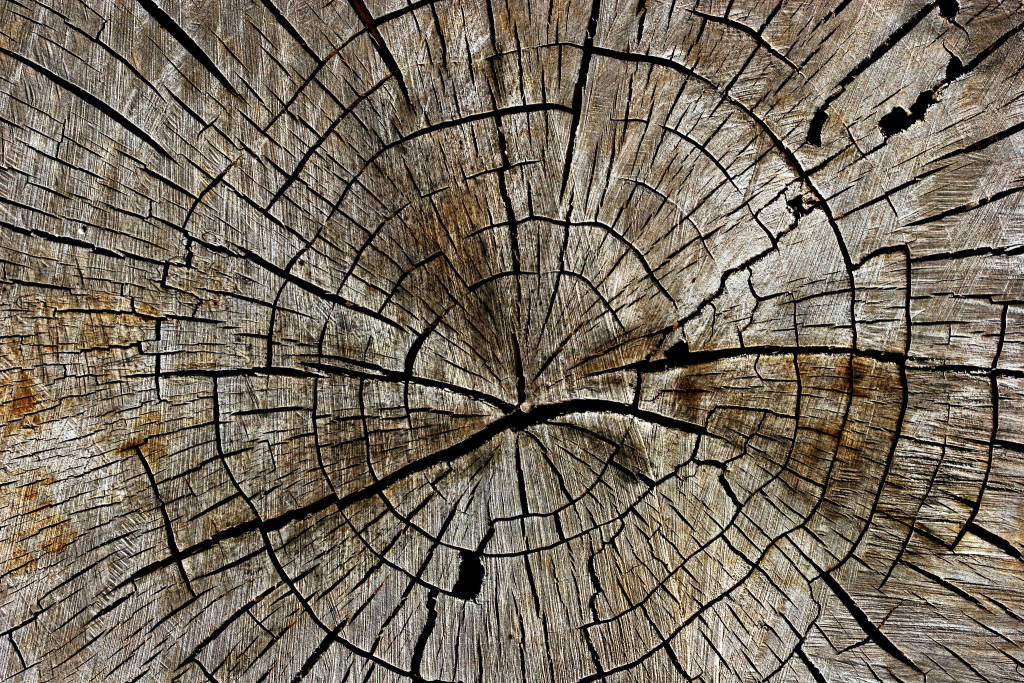Human Nature
Meet the person behind hand-selecting the wood for your office.
To help us understand what wood veneer purchaser Mark Schild does, he offered to tell us about a recent Friday afternoon.
“I got a call on my cell. I was at the wood plant and a guy I work with told me he’d just gotten some great logs that I might be interested in. Whatever else I had planned didn’t matter. I jumped in my truck, drove downtown to look at them and bought them on the spot,” he said.
Mark is the one person at Steelcase responsible for buying wood for the largest maker of office furniture in the world. He is ready to hop in his truck or jump on a plane to get the wood that will delight customers and meet Steelcase quality and sustainability standards. He’s responsible for knowing what kind of wood designers and customers will want even before they order it. And, if there’s a need for a custom fit, he knows how to find exactly the right look for the right office. Mark hand selects 80-85% of the millions of square feet of wood veneer that will be used this year.
It’s a big job. For Mark, it’s a family job. He’s one of five family members who works at the Steelcase wood plant in Kentwood, Michigan.
“I love wood. You’re never going to find any logs that are the same. It is alive, part of nature,” he says. “It feels warmer. You can give it the tap test — just tap it with your fingernail and you can tell if it’s real wood.”
How do you select the wood?
Getting wood from the forest to the office is both complex and straightforward. A logger cuts down the trees and lines them up on the ground. Then, they auction the logs. An experienced mill worker looks at the bark and the end grain to help them make a determination if it’s going to be a good log before they have a chance to cut into it. The way they go about it is reminiscent of those home improvement shows where flippers bid on foreclosed homes before they can see inside of them. They use their experience and the clues they can gather from the outside of the home to make the best bid.
After the wood is secured, they bring it to the mill, process and grade it. And, that’s where Mark gets involved.
“Everybody knows everybody. I get a call and they might send me a picture or I’ll get out there to see it and I negotiate one log at a time,” he proudly explains.
He looks at the grain and color of the log and the marks that make up its character. He analyzes the true nature of the wood taking care to avoid influences from the environment, building lighting or nearby wall or furniture colors that can distort what’s seen by the naked eye. His colleagues at the wood plant use a custom camera and a special light to ensure their wood categorizations are consistent over time and with what Mark sees in the field. A similar, smaller system is being developed that eventually Mark will take with him when he inspects wood away from the plant.
REIMAGINING YOUR WORKPLACE
Discover new wood solutions to make the places we work more like the places we love to be.

What’s hot right now?
According to Mark, the current trend is clean, modern, light colored wood. Fifteen years ago, it was about dark finishes like dark walnut and cherry. Now, it’s almost all clear coat. People want to see the natural color of the wood and all the imperfections that make it unique. That makes his job more challenging, but also more rewarding. Sometimes he works directly with the customer and they exchange pictures to find the perfect color and grain.
He says rift white oak is especially popular right now and not just in the workplace. Interestingly enough, the structure of its grain means white oak is the only wood fit for bourbon barrel brewing. The explosion in craft brewing is driving up the demand.
Why relationships matter?
Finding wood that meets Forest Stewardship Council and Steelcase grade standards requires close relationships. Mark’s been at Steelcase for 22 years. His predecessor had more than 40 years seniority and Mark shadowed him for four years before starting his current role. He relies on close relationships across the globe to get his customers what they’re seeking.
“Today, more and more customers know what they are looking for. They want a custom, quality space that’s unlike any other,” he said. “Wood is a way to do that. If we’re meeting our customers expectations, then it’s all worth it.”
REIMAGINING YOUR WORKPLACE
Discover new wood solutions to make the places we work more like the places we love to be.
 Mark Schild is the veneer procurement specialist at Steelcase. His career spans more than two decades at Steelcase. He’s been purchasing wood veneer for five years. He’s spent much of his career in the wood plant as operations manager, zone leader and machine operator.
Mark Schild is the veneer procurement specialist at Steelcase. His career spans more than two decades at Steelcase. He’s been purchasing wood veneer for five years. He’s spent much of his career in the wood plant as operations manager, zone leader and machine operator.


